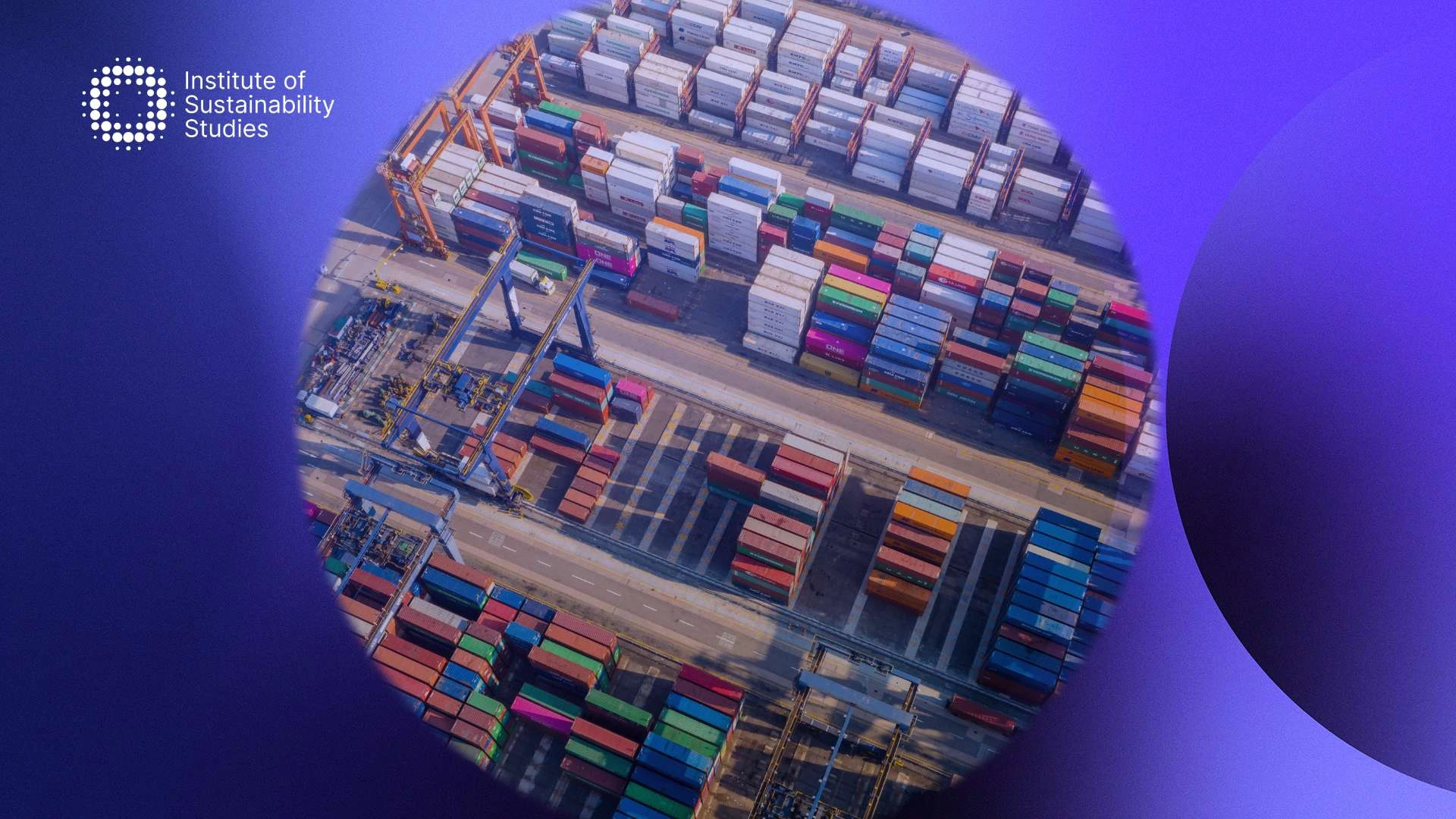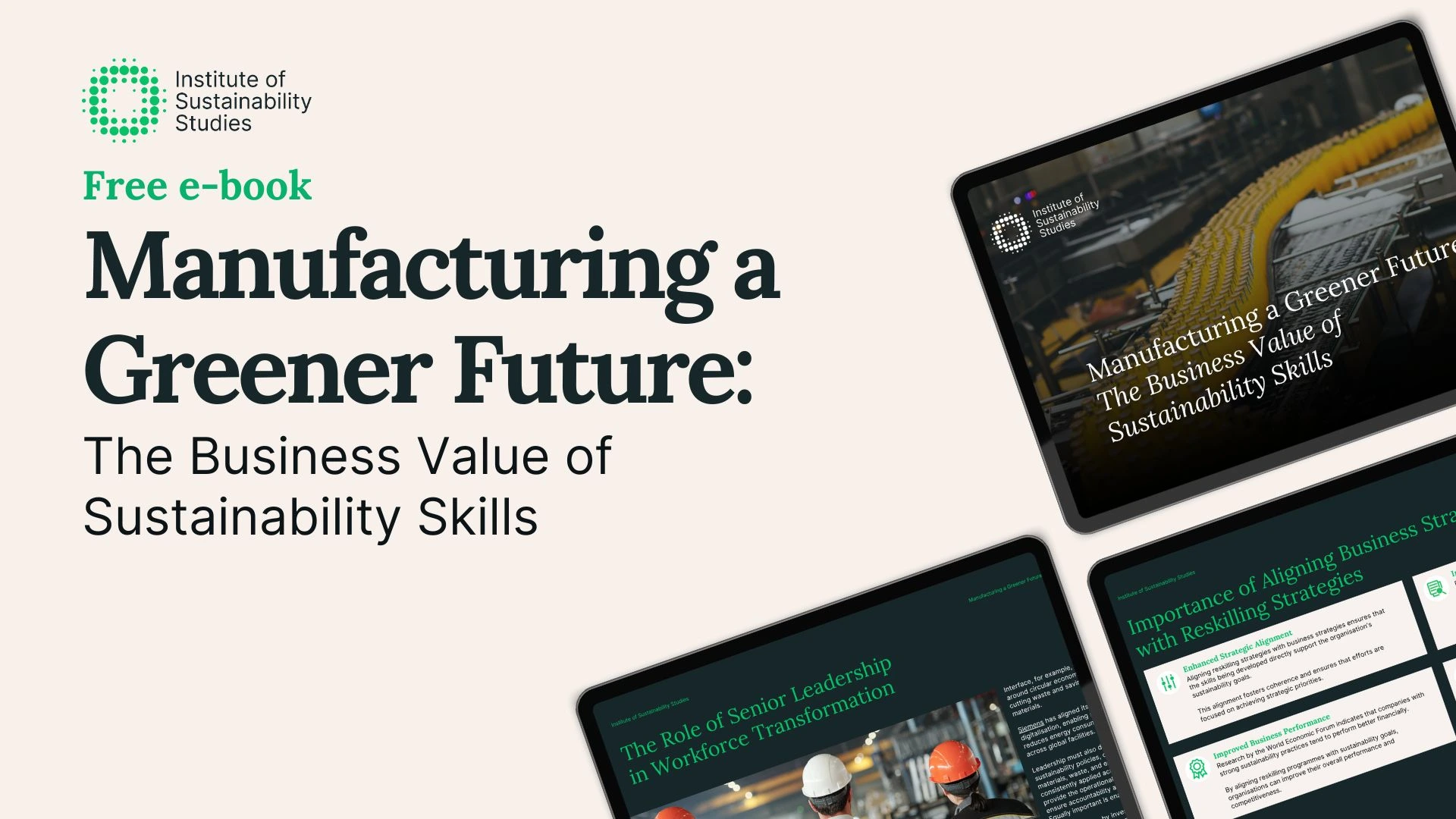In recent years, the fashion industry has seen a growing trend towards sustainability, with a significant emphasis on business sustainability practices. Among these, vegan fashion has emerged as a notable movement and is growing in popularity.
A survey by The Vegan Society finds that 42 percent of consumers are interested in purchasing clothes, shoes, or accessories made from vegan materials. Below, we delve into the nuances that distinguish vegan fashion from other sustainable fashion trends and explore various vegan alternatives and their environmental footprints.
What is vegan fashion?
Vegan fashion refers to clothing, accessories, and footwear that are made without the use of animal products or by-products. This includes avoiding materials such as leather, wool, silk, fur, and down.
How is vegan fashion different from other sustainable fashion trends?
Vegan fashion and other sustainable fashion trends share common goals of reducing environmental impact and promoting ethical practices, but they differ in focus and approaches. The primary focus of vegan fashion is to avoid the use of animal products and by-products while sustainable fashion is concerned with minimising the environmental impact of fashion.
With vegan fashion, designers use synthetic, plant-based, and innovative materials that do not involve animals. Examples of these materials include organic cotton, hemp, and synthetic leather. Sustainable fashion designers use some of the same materials but are more focused on eco-friendly materials that are not always vegan.
The direct and indirect impacts of using animal-based materials
Using animal-based materials in fashion has both direct and indirect impacts on the environment, animal welfare, and communities.
Direct impacts
The most significant direct impact of using animal-based materials in fashion is animal welfare. Animals may be subjected to poor living conditions and inhumane treatment. Moreover, the process of obtaining materials such as fur and leather unfortunately involves slaughtering animals. Another direct impact of utilising these materials is environmental degradation.
In other words, large areas of land are required to raise livestock and animal farming is very water-intensive. Not to mention, livestock farming is a major contributor to methane and other greenhouse gases which accelerate climate change. Animal farming can also lead to water pollution from manure runoff and chemicals used in processing animal products.
Indirect impacts
In terms of the indirect impacts of using animal-based materials, large-scale animal farming can lead to the displacement of local communities and the loss of livelihoods. It is also worth mentioning that labour issues may arise as workers in animal farming and processing industries typically face low wages and poor working conditions. The use of animal-based materials in fashion can accelerate biodiversity loss.
This is because forests and other natural habitats are converted into grazing land to support livestock. Habitat destruction and overgrazing can also result in the extinction of animal and plant species. Lastly, it is critical to keep in mind that animal farming is resource-intensive. It requires more land, water, and feed than plant-based alternatives meaning that resources are not being used efficiently.
Vegan alternatives and their environmental footprints
Vegan fashion alternatives are designed to replace traditional animal-based materials with options that are cruelty-free and often more sustainable. Below are some notable vegan materials and an overview of their environmental footprints.
Mushroom leather
Mushroom leather is created from the root structure of mushrooms, known as mycelium. It can be grown in a matter of weeks and processed to resemble leather.
Environmental footprint: Mycelium is a renewable resource that grows quickly with minimal input. The production process generates little waste. Mushroom leather is biodegradable, reducing landfill waste. It requires significantly less water and land compared to animal leather.
Pineapple leather
Pineapple leather, or as it is often referred to, Piñatex is made from the fibres of pineapple leaves, a by-product of the pineapple harvest.
Environmental footprint: The product process to make pineapple leather uses agricultural waste, providing an additional income stream for pineapple farmers. It does not require additional land or water resources beyond what is needed for growing pineapples. Pineapple leather is partially biodegradable, though it may contain some non-biodegradable components.
Apple leather
Apple leather is curated from the waste of the apple juice industry, including apple peel and core.
Environmental footprint: The production of apple leather means food waste is repurposed which reduces overall waste. Minimal additional resources are needed to create it since it uses by-products. It is generally biodegradable, though some processing methods may add non-biodegradable elements.
Cork leather
Cork leather is harvested from the bark of cork oak trees without harming the tree.
Environmental footprint: Cork oak trees regenerate their bark, making it a sustainable resource. It is also low-impact and supports biodiversity. What’s more, cork is naturally biodegradable.
Hemp
Hemp is a versatile plant fibre used for textiles.
Environmental footprint: Hemp requires less water than cotton and grows considerably well without the need for pesticides. It also improves soil health through deep root systems.
Organic cotton
Organic cotton is cotton that is grown without synthetic pesticides and fertilisers.
Environmental footprint: With organic cotton, there is reduced chemical use which protects ecosystems and farmers. It is still water-intensive, however, it is typically less than conventional cotton. Organic cotton is fully biodegradable and recyclable.
Recycled polyester
Recycled polyester is made from recycled plastic bottles and other plastic waste.
Environmental footprint: Recycled polyester helps divert plastic waste from landfills and oceans. The production of recycled polyester is less energy-intensive than virgin polyester. However, since it is a synthetic material, it is not biodegradable.
Tencel
Tencel, or as it is sometimes referred to, Lyocell, is made from sustainably sourced wood pulp, usually from eucalyptus trees.
Environmental footprint: Making Tencel requires wood from sustainably managed forests and the production process uses less water than cotton. In addition, the material is fully biodegradable and compostable.
Banana silk
Banana silk, also known as banana fibre, is an innovative and sustainable material gaining popularity in vegan fashion. Derived from the stalks of banana plants, this eco-friendly fibre is biodegradable, strong, and durable, making it an excellent alternative to traditional silk.
Environmental footprint: Banana silk has a low environmental footprint as it utilises agricultural waste, requires minimal water and chemical inputs, and is biodegradable. Its production helps reduce waste and makes efficient use of renewable resources, though the environmental impact can vary based on processing methods and transportation logistics.
Challenges in vegan fashion
Vegan fashion, while a positive step towards more ethical and sustainable practices, faces several challenges. Keep scrolling as we explore the key challenges.
Material innovation and performance
Some vegan materials may not yet match the durability and quality of traditional animal-based materials. For instance, vegan leather alternatives can sometimes lack the longevity and resilience of real leather.
In addition, finding vegan materials that perform well in terms of comfort, breathability, and weather resistance can be difficult. For example, alternatives to wool may not provide the same level of warmth and moisture-wicking properties.
Environmental impact
Many vegan alternatives, such as PVC or polyurethane-based faux leather, are derived from petrochemicals. These can have a significant environmental impact, including issues related to non-biodegradability and microplastic pollution.
Moreover, some plant-based materials may require substantial resources. For instance, while cotton is vegan, even organic cotton can be water-intensive.
Production and supply chain issues
Scaling up the production of innovative materials like mushroom leather or Piñatex to meet global demand can be challenging.
Additionally, ensuring a fully ethical and sustainable supply chain is complex, involving considerations of fair labour practices, environmental standards, and traceability.
Industry standards and certification
The absence of universal standards and certifications for vegan fashion can lead to inconsistencies and make it difficult for consumers to trust claims. There are certifications like PETA-approved vegan.
However, they are not as universally recognised or regulated as organic or fair trade labels. Companies might also engage in greenwashing, making misleading claims about the vegan or sustainable nature of their products without fully adhering to those principles.
Economic viability
Developing and producing innovative vegan materials can be costly. This includes research and development, as well as the actual manufacturing processes.
Not to mention, vegan fashion brands often compete with conventional fashion brands that have more established supply chains and economies of scale.
Conclusion – The future of vegan fashion
The trajectory of vegan fashion is increasingly upward as both technological advancements and consumer preferences align towards more sustainable and ethical choices. Despite the challenges, the industry is making significant strides in addressing these issues.
As awareness of the environmental and ethical impacts of traditional fashion continues to grow, vegan fashion is poised to become a mainstream choice for conscientious consumers. Ultimately, the future of fashion lies in combining style with responsibility, and vegan fashion is at the forefront of this transformative journey.










